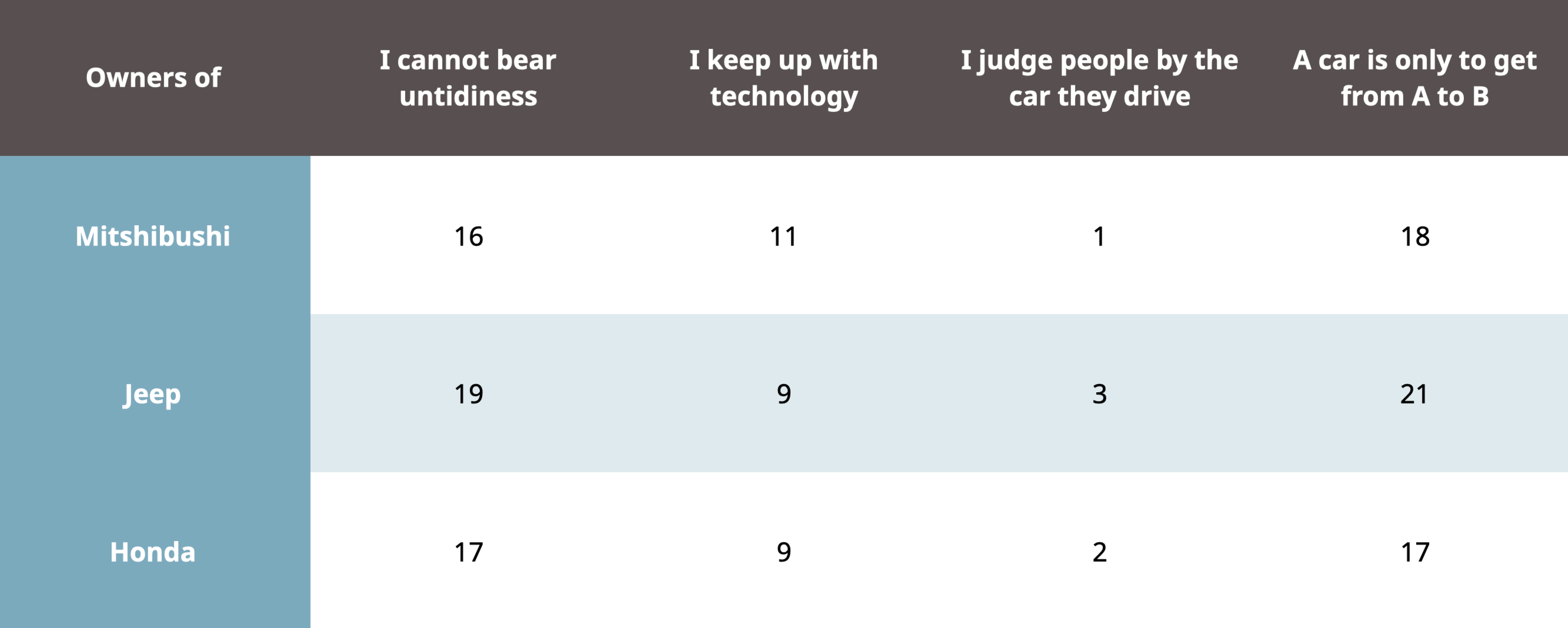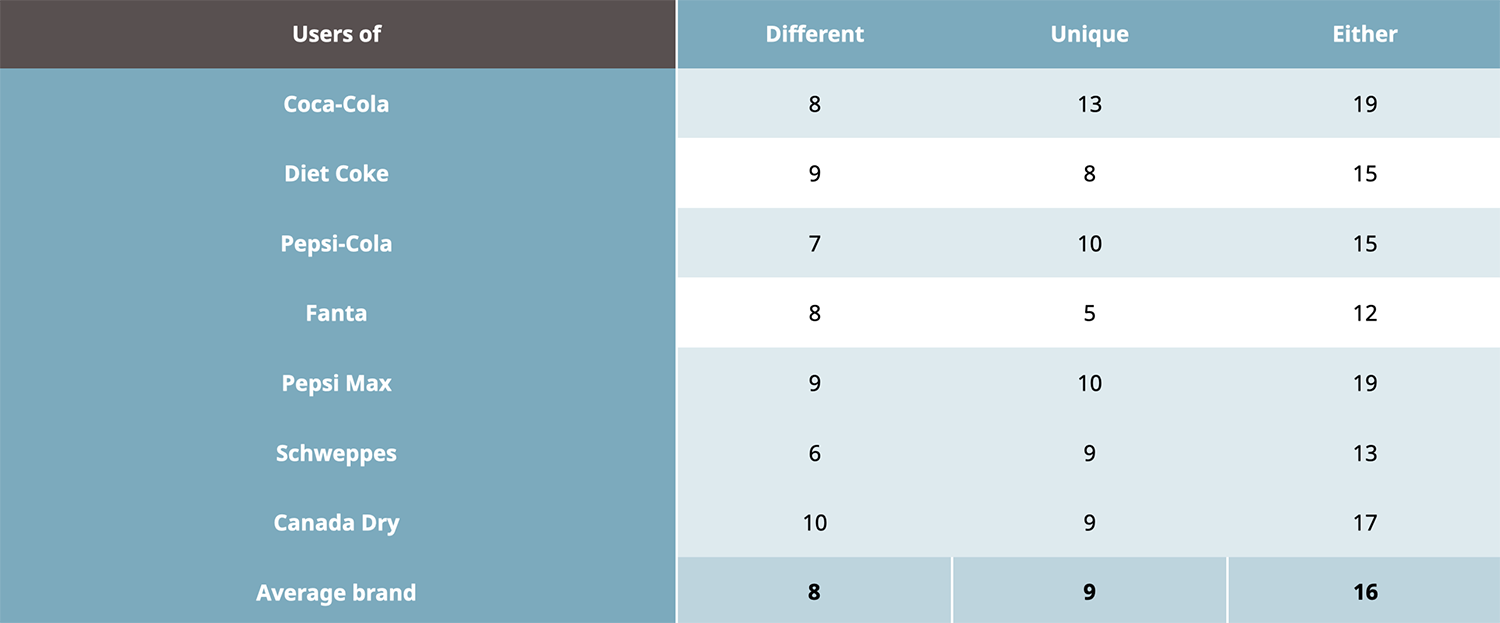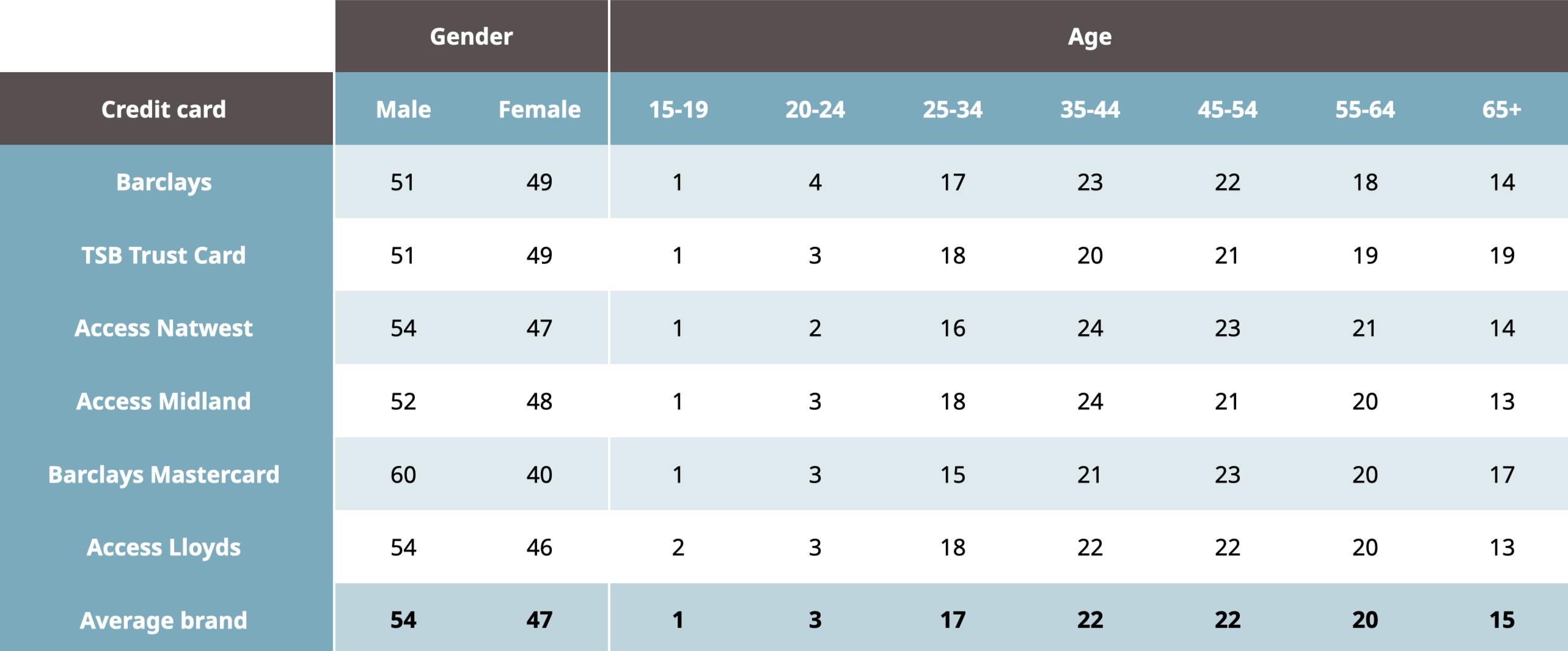A bit of context: I studied the major advertising from 2010 to 2014 at the Willem de Kooning Academy (WDKA) in Rotterdam, and since 2019 I teach Branding at the Shanghai Institute of Visual Art (SIVA).
Despite the distance, both schools are actually very similar:
- The student’s age is the same and they have similar skills in design & ideation;
- The course is attached to an art academy, being a bit of an outsider in being directly commercial as opposed to the rest of the academy;
- The lecturers work most of their time in the industry they teach in (e.g. advertising or marketing), and teach part-time.
I thought being a lecturer would make me more forgiving of my former teachers, because now I’d understand how much work goes into preparing a course, but actually, the opposite is true. I’ve gone through redesigning a course, redesigning it, and now in my third year, refining it further. Yes, a lot of work goes into it; but I’m a lot picker on the lessons I was taught too.
You can see this as a dig at my ol’ art academy, but I’m hoping to push them (and other schools) on to do better. They probably already do, this being seven years after my graduation. (Also, I did learn a lot on the WDKA, ok. It has brought me where I am now, typing from a room in Shanghai.)
Lessons shouldn’t be taught from within an advertising-bubble
(And the Dutch advertising bubble is really really small.) My main problems:
1) Some fundamentally wrong theories are being taught
Again, this isn’t just the problem of my former school, but it is illustrating. On the course introduction, WDKA writes about ‘technology, data and research’, but I was shown videos from TED conferences. Simon Sinek published his book & video “Start with why” in 2009 and a year later it was used in the classroom where I sat. We’d analyze companies through the ‘golden circles’. Later, we used brand archetypes, such as ’The Magician’ or ’The Rebel’.
These theories are soooo pleasant; they’re easy and fun, like stepping into a warm bath. But there’s zero evidence that consumers think that way about brands. Open your fridge and look at your milk, ketchup, or butter, and see what the ‘why’ of any of those products is. Not only is there little use in the theory, it hinders understanding of how marketing actually works.
These tables from ‘How Brands Grow’ (published in 2010) shows consumers don’t really perceive brand personality:

Consumers don’t perceive brands to be different or unique:

Not just that, brands within the same category sell to the same demographics of users:

Sinek’s ‘Start with why’ is one of the most harmful theories unleashed on the marketing industry, because while being so easily spread, it is just fundamentally wrong.
My ‘marketing’ professor in the Mini-MBA, Mark Ritson, critiqued it, saying: “Ask ten people if they’d buy your thing because of your purpose and ten people will say yes.” He said. “But none of them actually fucking do it.” The same with Brand Archetypes, or Seth Godin’s Purple Cow. It’s not right to teach these things to young students — especially when these theories are taught instead of proper marketing theory.
2) Standalone case-studies aren’t very helpful
Apple and Nike are constantly used as examples, but if a marketing lesson applies to Apple or Nike, it probably doesn’t apply to other companies. Students will most likely spend their working life selling shampoo or insurances, not on companies collaborating with Taylor Swift and LeBron James.
And other individual case studies of campaigns can be helpful to illustrate a theory, but my experience is that advertising teachers pick the videos they like, which they noticed on their Facebook — rather than starting with marketing theory and then finding an example to illustrate it. Cart before horse.
Some funny/interesting/viral videos are the result of good marketing, but not always. At worst, this is as unhelpful as “My grandma smoked a pack of cigarettes all day and she lived to be a 100”; pure survivorship bias. T-Mobile getting people to dance at an airport or ROM changing its candy wrapper is definitely advertising’s smoking-grandma equivalent. Reviewing this is more entertaining than education — but students think they’re being educated. And especially case studies from Cannes Lions are harmful; this festival celebrates the worst in advertising. (Not my words, Tom Goodwin’s.) They’re ads made for advertising people, ads often no real person ever sees, and if they would, they wouldn’t understand these visual puns.
Glorifying the Cannes Lions and other advertising awards is teaching students the wrong thing — as advertising agencies lose their relevance. As a client myself (at Vandebron), I disliked advertising agencies with their awards proudly shown at their entrance, because the suggestion is they make advertising to win awards, not to grow businesses. But in agencies among young creatives (including me, during my internships), there’s contempt towards clients, who want to *safe* work that’ll never win awards — because young creatives see awards as the main means to advance their careers. Growing business is secondary.
If WDKA wants to prepare advertisers for the future (rather than reduce itself to a four-year-long portfolio school), classes on marketing and business basics would do wonders. Yes, we did get lessons in SWOT analysis and the Four P’s, but extremely basic.
Advertising is partly an art, but marketing is a profession, one which requires trained skills. Not knowing how advertising relates to the rest of marketing directly limits the ability to fulfill this specialization.
What I wish I had (also) learned
More theoretical marketing knowledge would have helped me in my first job. I lacked the knowledge and vocabulary to debate with the CFO that TV advertising returns aren’t direct; and that discounting doesn’t create loyal customers. I wouldn’t have spent so many resources on events or social media (talking to the same group of highly-involved customers over and over again), and would have opted for mass media advertising much earlier.
I had not learned the difference between revenue and profit; the differences between indirect and direct distribution; how to build a purchase funnel; s-curve media efficiency; media frequency versus reach; that discounts don’t work; how brands are built with salience rather than brand personality; etcetera.
Not teachings students these basics means they’re ill-equipped to hold a conversation outside of their little expertise. They won’t know how much business impact their *PR-stunts* or *online content* has on sales numbers or brand reputation. (That is, if they’d actually care about that.)
Juniors are expected to be strategic (echoed in the sentiments in agencies with one-liners such as “A good creative can write her/his own brief)”, but the problem is they can’t tell the difference between tactics & strategy. (Shortly after I graduated, my lecturer Edward Bardoul noted there are zero good advertising strategists in the Netherlands.)
Maybe this is harsh because milestone publications like ‘How Brands Grow’ came out only in 2010, and ‘The Long and the Short of It’ only in 2013. Another milestone, ‘Good Strategy/Bad Strategy’ came out in 2011, or in the same year, ‘Thinking, Fast and Slow’ was published. And yet, a decade of proven (yet old) marketing & advertising basics were dropped in exchange for things popular in the advertising bubble, such as Augmented Reality, Gamification, Super Bowl ads, and virals such as people suddenly starting to dance on a square, or the Harlem Shake.
We need these new talents for the future, not to win phony awards, but to use their minds on how best to serve an enormous variety of customer needs, use media, and supply messages in the exciting media landscape we live in now. We need to go beyond art & copy, beyond print ads & virals — and start adding a more holistic foundation of how marketing creates value for customers, companies, and society.
So give students a subscription to Marketing Week, or let them write a summary of Stephen King’s ‘Master Class in Brand Planning’ as well as ‘How Brands Grow’, and Les Binet & Peter Field’s ’The Long & Short of It’. Go spend 72 class hours teaching the marketing process in detail, from market orientation to segmentation to targeting to positioning, into the more tactical Four P’s. Go watch Effie case studies (like this playlist). Go over reports from the IPA or WARC in-class. Be more rigorous in course design. Less intuition, more evidence-based teaching.
WDKA is recruiting new teachers now. I hope they choose wisely.



